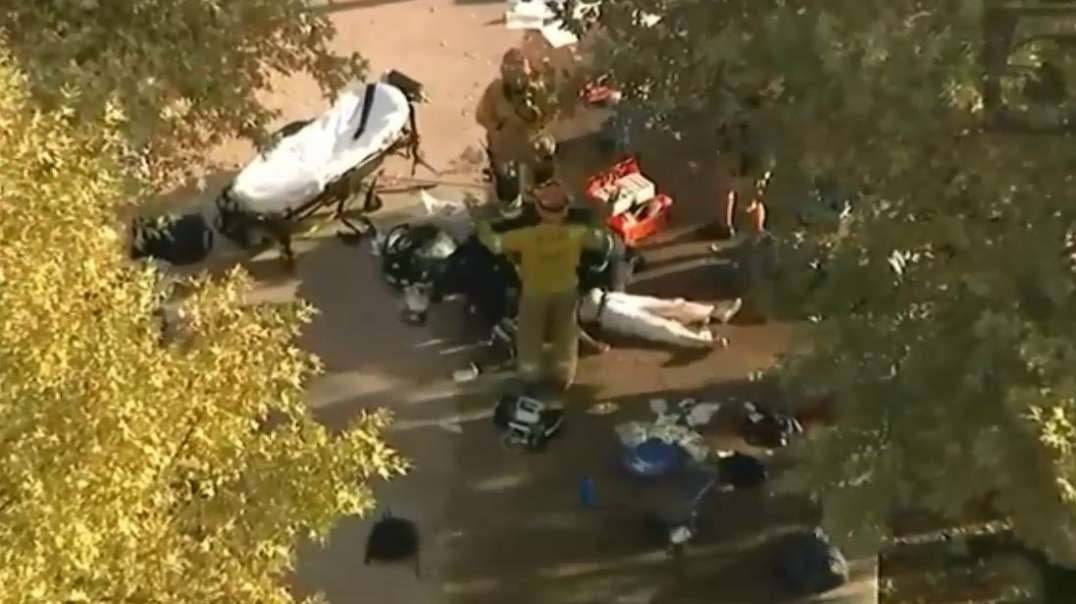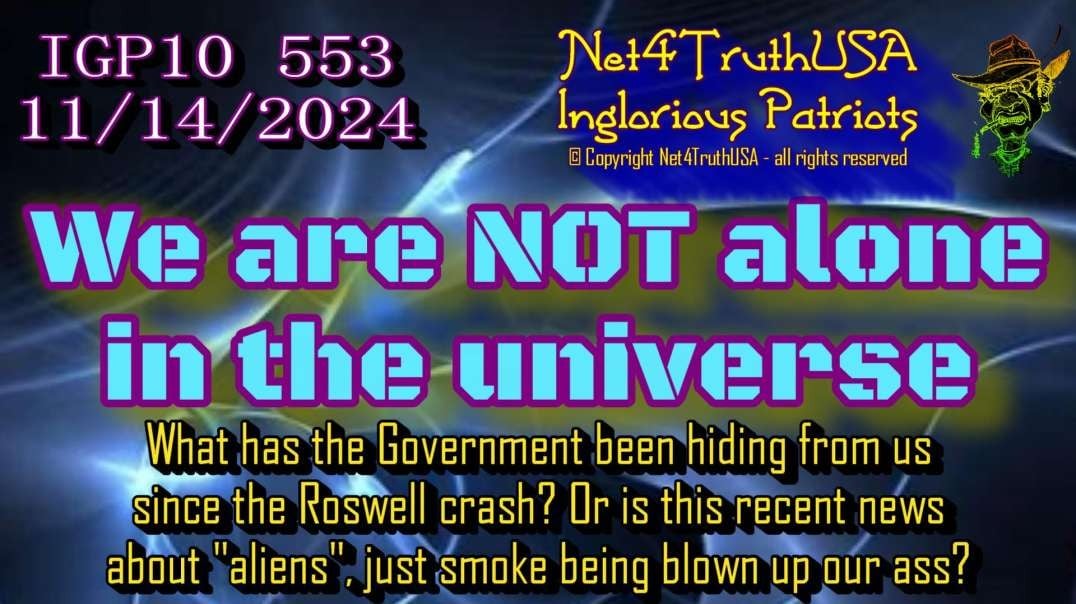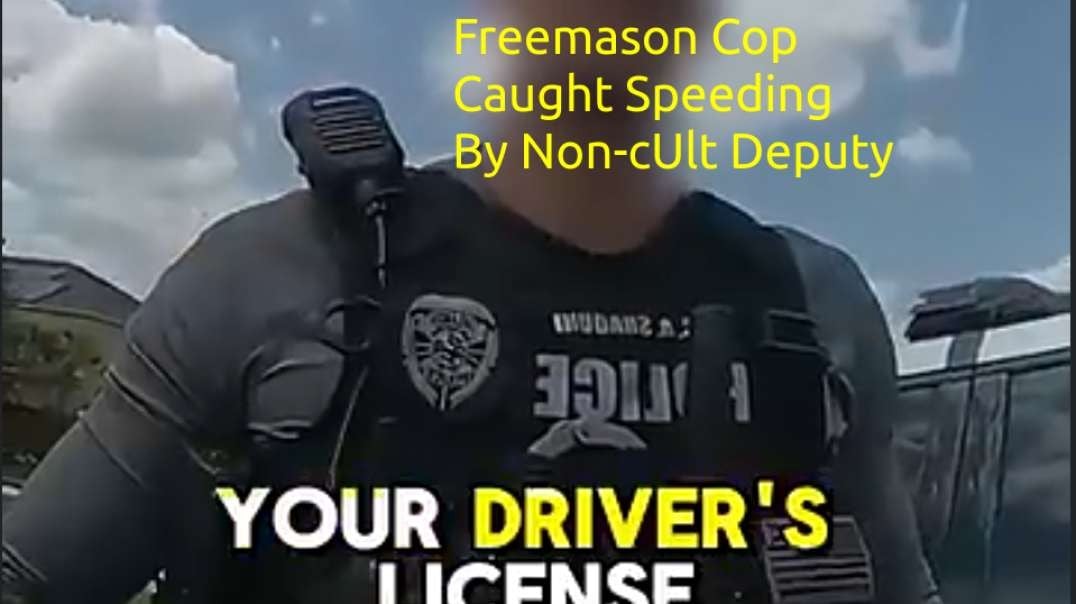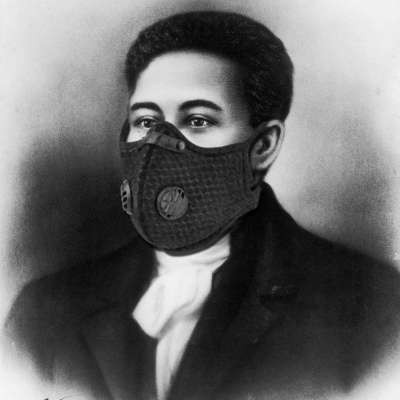ROMANS-13.mp4
ROMANS-13 THE THIN BLUE LINE
Submission to Governing Authorities
13 Let everyone be subject to the governing authorities, for there is no authority except that which God has established. The authorities that exist have been established by God. 2 Consequently, whoever rebels against the authority is rebelling against what God has instituted, and those who do so will bring judgment on themselves. 3 For rulers hold no terror for those who do right, but for those who do wrong. Do you want to be free from fear of the one in authority? Then do what is right and you will be commended. 4 For the one in authority is God’s servant for your good. But if you do wrong, be afraid, for rulers do not bear the sword for no reason. They are God’s servants, agents of wrath to bring punishment on the wrongdoer. 5 Therefore, it is necessary to submit to the authorities, not only because of possible punishment but also as a matter of conscience.
6 This is also why you pay taxes, for the authorities are God’s servants, who give their full time to governing. 7 Give to everyone what you owe them: If you owe taxes, pay taxes; if revenue, then revenue; if respect, then respect; if honor, then honor.
Love Fulfills the Law
8 Let no debt remain outstanding, except the continuing debt to love one another, for whoever loves others has fulfilled the law. 9 The commandments, “You shall not commit adultery,” “You shall not murder,” “You shall not steal,” “You shall not covet,”[a] and whatever other command there may be, are summed up in this one command: “Love your neighbor as yourself.”[b] 10 Love does no harm to a neighbor. Therefore love is the fulfillment of the law.
You've probably seen the symbol: a solid blue horizontal line or bar bordered on the top and bottom by black rectangles. They're on the front license plates of cars and trucks, on stickers on rear windows, on T-shirts, websites, profile pictures and even tattoos. But what does this thin blue line emblem mean?
The Emblem
The simple-looking emblem has multiple meanings, all arising from the same concept: police officers stand as a thin line that protects society from good and evil, chaos and order.
Depending on who you talk to and which police department you ask, some apply additional meanings to the thin blue line. The Hamden Police Department in Connecticut believes that it represents the line between life and death that officers face every day. In some cases, it may be a tribute to an officer killed in the line of duty.
The blue is derived from the traditional color of police uniforms. Most municipal police still wear blue, and blue has long been associated with law enforcement throughout the history of modern policing. The black simply serves as a stark contrast for the blue. The color itself is neutral, and it emphasizes the blue line.
The History
The concept of the thin blue line is said to trace back to 1966 when it was put forth in a documentary exploring the cultural brotherhood of policing. It's come under attack innumerable times since then, first during the time of tumultuous civil unrest when the emblem and concept were born in the 1960s.
It was a time when police were called "pigs" and "police brutality" was an accepted circumstance. This feeling carried forward into the 1970s.
Fast forward to the millennium. Officers have recently been charged with taking the concept of the thin blue line brotherhood too far, extending "professional courtesies" to other law enforcement brothers, particularly for minor offenses.
The charge is that the emblem on the bumper of a personal vehicle effectively says, "I'm one of you. Look the other way." Such theories have led some to criticize – and to misunderstand – what the solidarity of the thin blue line really means.




















